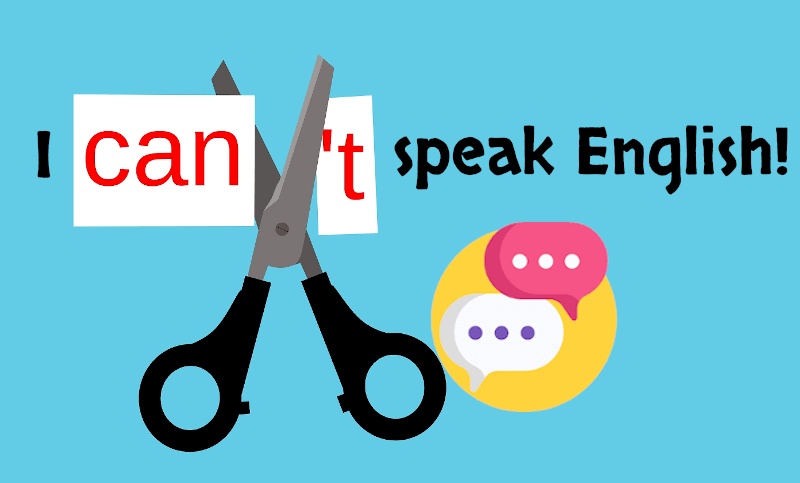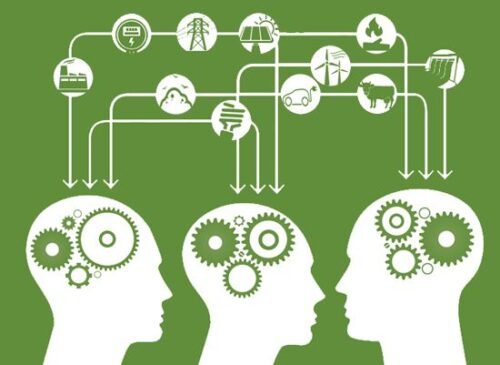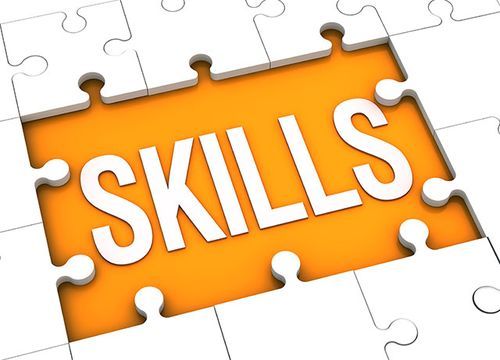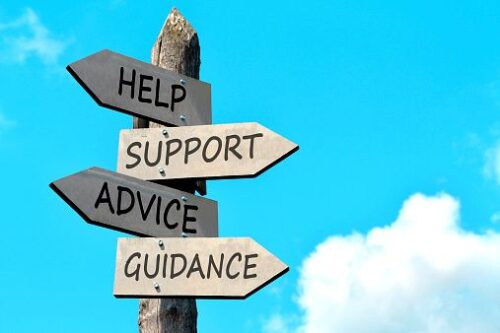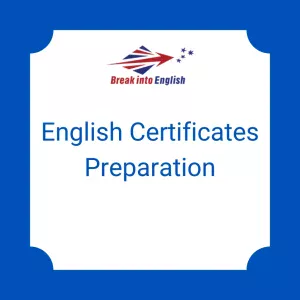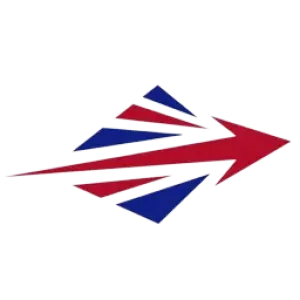Punctuation adds to the cadence and emphasis to the sentences that we write. However, most native English-speaking people and people getting used to English as an additional language are not confident about punctuation marks.
There is no need to worry if you are not aware of the usage of punctuation marks, as you are not alone on this boat. Many people, although their mother tongue is English, find it hard to use the correct punctuation marks.
The fact is that the punctuation marks are easy to understand. If you wish to engage yourself to write a novel or an essay, the usage of proper punctuation marks in your sentence formation is crucial. If you wish to learn further, you can refer to the English help section of tutoring websites or other online resources.
So let us understand the various punctuation marks that carry weightage when writing.
How many Punctuation Marks are there in the English Language?
The English Language has fourteen different punctuation marks. The correct use of the punctuation mark makes it easy for the reader to understand your writing and provides professionalism. In this article, we have broken down each punctuation mark. It will help you understand the usage in a better way.
There are five categories in which you can divide punctuation marks.
- Punctuation marks at the end of the sentence: exclamation point, question mark, and period.
- Semicolon, colon, and comma
- Hyphen and Dash
- Parentheses, braces, brackets
- Ellipsis, quotation marks, apostrophe
Every category has its objective in the text of the sentence. Yes, you will find a few differences in the punctuation styles of British and American English. Our primary goal is to stress upon the example rather than finding minor differences. Let us analyze every punctuation mark and its correct implementation.
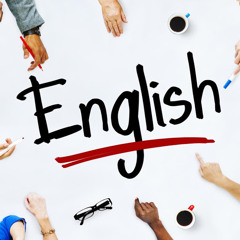
Exclamation Point (!)
If you like to add an intense emotion, the exclamation mark or exclamation point needs to be incorporated while ending the sentence. The expression may be different things such as joy, anger, disgust, excitement, or anything else. The whole objective of the exclamation point is to make the sentence carry some emphasis.
The examples to use exclamation points are:
- I am thrilled to watch a match in the stadium tomorrow!
- Hurray, I got what I always deserved!
Question Mark (?)
A question mark gets placed at the end of the sentence. However, the sentences come to an end by asking a direct question. Usually, sentences that form questions start with who, why, where, how, and what.
The following sentence will have a question mark
- What is your name?
- Where are you working?
Period (.)
Period (.) is perhaps very simple. It is also known as a full stop. Putting a period at the end of the sentence means a complete sentence. The period makes the sentence declarative and conclusive.
The following sentence represent period (.) in a sentence
- I took my dog for a walk.
Periods are used in titles and names as abbreviations. Such as below
- Dr. Jones examined his patient.
- Mr. Smith was waiting for you in the corridor.
Semicolon (;)
Semicolon acts as a link between two self-standing clauses. But the clauses in the case of semicolons have some relation. For instance
- I need to sleep early; I have a flight to catch tomorrow morning.
Both clauses are self-standing and are complete sentences. But rather than making use of a period, you can bring in the semicolon between the clauses to connect them.
You can use a semicolon in a list that has commas such as below
- During our holidays last year, we explored Athens, Greece; Rome, Italy; Paris, France; London, England.
Colon (:)
A colon gets used in three different ways. The colon helps introduction, something like a series, an example, a quote, or an explanation.
- He conducted five classes in the previous semester: economics, arts, biology, history, and music.
A colon comes in handy for linking two independent clauses. The second clause usually completes or throws light on the first one. Let us look at the example.
- There was heavy traffic: it made me miss my flight.
Also, if you want to emphasize the subject in your sentence, using a colon is a great idea.
- I am not a lover of only one vegetable: bitter gourd.
Comma (,)
For pausing a sentence, commas are essential. The goal of the pause may be for various reasons, like to bifurcate phrases, ideas. Or also to bring in structural changes in a sentence.
Commas have other uses also. Commas also get used for addressing directly, like
- Smith, it is always great to meet you.
You can use commas for separating two out-and-out sentences.
- Johnny went to play a football match, then to his music classes.
Commas get incorporated in the sentence for listing out items.
- Maria went shopping and bought a pair of pants and shoes, two shirts, and a dress.
Usually, commas are punctuation points that get misused. It often leads to comma splice. A comma splice occurs on joining two self-standing sentences using a comma, whereas the conjunction is required. Let us take an example.
- It is time for the party, I am not ready.
In place of a comma, the sentence needs to be as follows
- It is time for the party and I am not ready.
Hyphen (-)
Hyphen is different from the dash. Mostly in compound words, a hyphen is used. It also comes into use when there is a relation between two or more words. Below are a few examples.
- Ex-Girlfriend
- Father-in-law
- Little-by-little
Dash (-)
Dash is of two kinds that vary according to the use and size.
En dash: The length of the en dash is short. It gets used for denoting a range or can be used between dates and numbers. The example will make it clear.
- The company was active from 2000-2010
- He boarded the New York-Chicago train last evening.
Em dash: The length of the em dash is long. It is generally used, in place of punctuation marks such as parentheses, colons, or commas.
- His response was straightforward — Yes!
Parentheses (( ))
You can use Parentheses to furnish more information or details or even as an aside. Commas get used in place of parentheses without changing the meaning of the sentence. Let us see the example:
- Stanley (husband of Julia) prefers going to the gym regularly.
Braces ({ })
Braces will come into use only when you write technical or mathematical text. It is always better to know to avoid using Braces in place of parentheses and brackets. Let us see the usage of Braces.
- 5{4x+[30+4]}= xy
Brackets ([ ])
Brackets provide clarification of something or an explanation of technical terms. It gives clarity to the subject while quoting text or another person. Let us see examples.
- He [Mr. Stephen] believes that education is crucial for everyone.
- Eve said that “[winter] is the best season of the year.”
Ellipsis (…)
An ellipsis represents the usage of three periods together to omit letters or words. Ellipsis is usually used to skip one phrase or sentence to another while ignoring the obvious or unnecessary words. You can also use an ellipsis to quote someone and leave unnecessary words.
An example of Ellipsis is
- The match is about to start at the count of ten: “ten, nine, eight, seven…” and here we have players on the ground.
Quotation Marks (“)
For denoting speech, text, or words said by somebody, quotation marks need to be used. They also get used to indicating dialogues.
- “I am not aware of this,” said Peter.
Single Quotation marks (‘ ’) typically get used for a quote inside a quote.
- Jack told his father, “Jim is going to the market too, ‘buy fruits and vegetables’ and will be back in an hour.”
Apostrophe (‘)
Apostrophe helps in omitting letters to represent contractions and possessives. You will be able to use an apostrophe in pluralizing lowercase letters. Let us understand with examples.
- I’ve been a great fan of Michael Jordan for many years.
- It’s great to have you on our team.
- You need to finish the work on time, that’s it.
- Allen’s marks have been low throughout the whole semester.
To Sum It Up
You must be aware of the fourteen punctuation marks and the usage that will be great for your writing. Knowing the proper usage of punctuation marks will make you a better writer. The improper use of punctuation marks changes the entire meaning of the sentence. As a professional writer, your focus must not be on grammar alone but also on punctuation marks.
Only writing will never carry a message that you want to convey to the reader. Punctuation marks in the correct place of the sentence will make it more interesting for the readers. It gives weightage to the sentences and words. If you wish readers to prefer you as a writer, become aware of the proper usage of punctuation marks in your writing skills.

